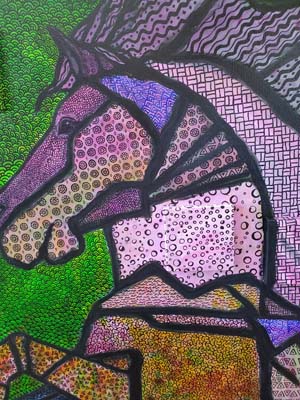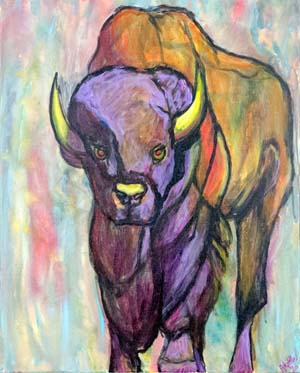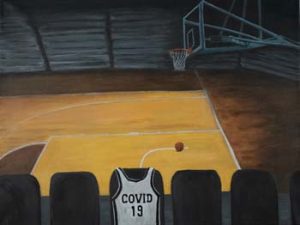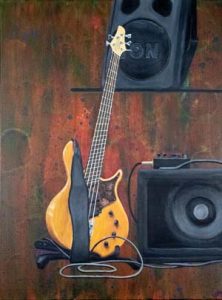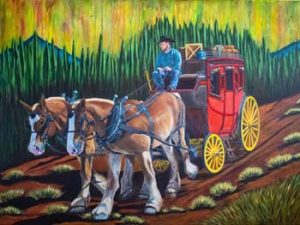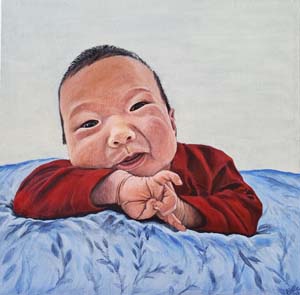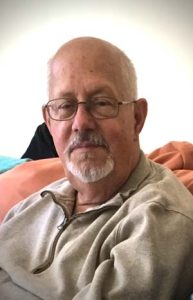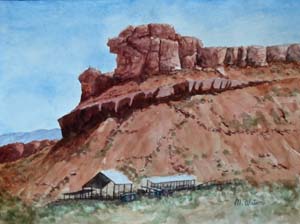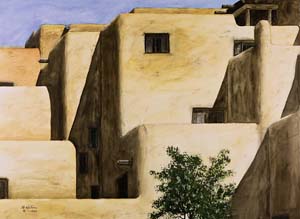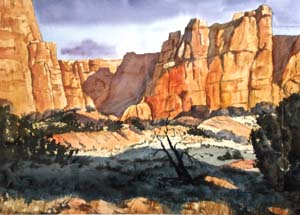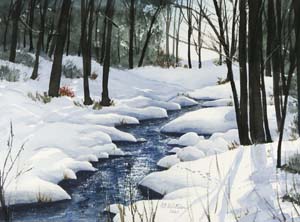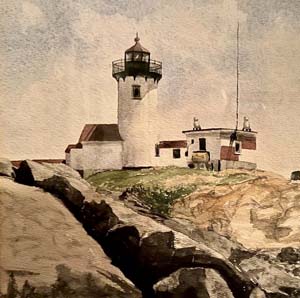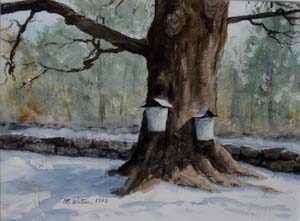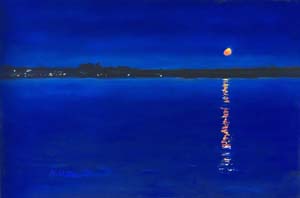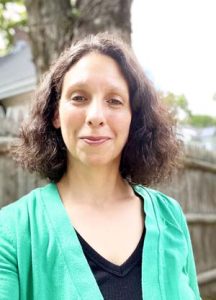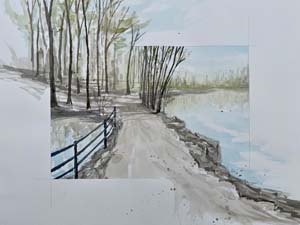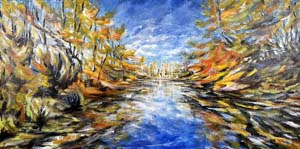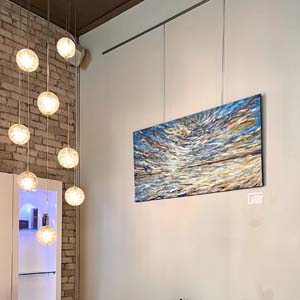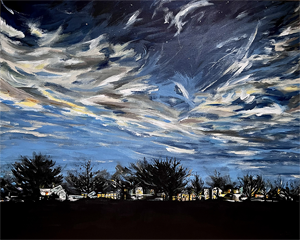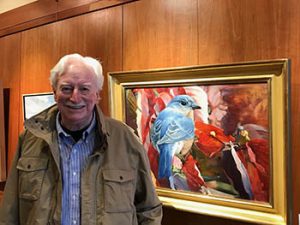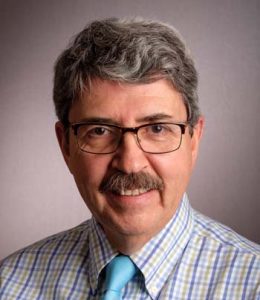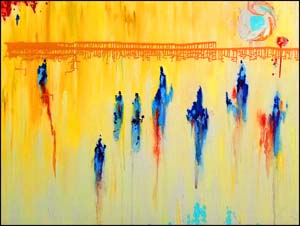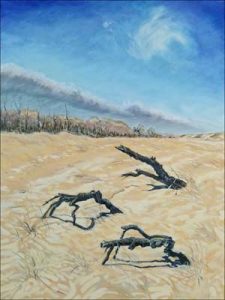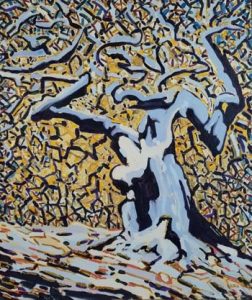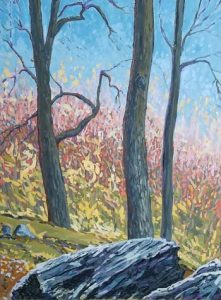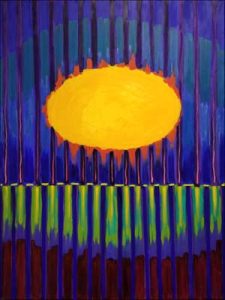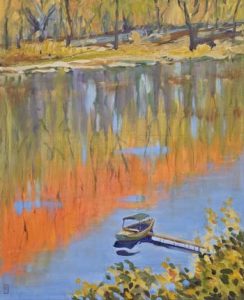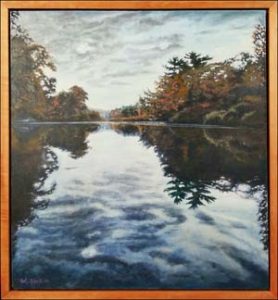WSA member, Fritz Kubitz, recently had a show “All About Boston” at the Guild of Boston Artists featuring some of his iconic paintings of the city.
Showing interest in drawing and painting from a young age, Frederick “Fritz” Kubitz was encouraged to train as an architect and received his master’s degree from the Massachusetts Institute of Technology. As a student in the developing city, he was immediately enthralled by Boston’s urban landscape. Upon graduation, the young architect was offered a position at the firm Eero Saarinen & Associates. He would go on to build an impressive portfolio and participated in the design of the TWA Flight Center at the John F. Kennedy International Airport, Dulles International Airport, and the London Embassy. From there, he was offered a position as a Jr. Partner in a large Boston firm where he went on to add to the architectural canvas that lay before him, planning the expansion at Logan International Airport and designing several of its terminal buildings. He later started his own office, designing academic buildings at Harvard and Tufts Universities, and remodeling the old Fenway Theater/Biltmore Hotel to become the Berklee College of Music.
Throughout his education and career as an architect, Fritz continued to nurture his passion for painting, eventually devoting himself to fine art, creating first in watercolors and then in oils. Since 1990, Mr. Kubitz has painted a staggering 2800 pieces. While his subjects come from throughout the US and Europe, his most beloved scenes capture the vibrant and ever-changing cityscape of Boston and the surrounding landscapes of the New England Region. A quote from the American Watercolor Society Summer 2021 Newsletter expounds, “Frederick Kubitz has an intuitive ability in choosing appealing subject matter, plus a unique sense of style, placement, and dramatic use of lighting effects, giving him a much honored place among New England painters.” Often working on location, his paintings present Boston in an earnest, luminescent, natural light that calls back to the admiration he felt towards the city as a student. Meanwhile, his architecture background enhances his compositions with a deep knowledge of structure and keen eye for detail. From memorializing its iconic and historic landmarks to documenting its citizens and visitors in quotidian moments of leisure, Kubitz captures the beauty and energy of Boston’s every corner. All About Boston is an ode to a city Kubitz has dedicated his life to commemorating and quite literally, shaping.
Over the span of his career, Kubitz’s paintings have toured nationwide to various museums and places of exhibition. His work can be found in the collections of many corporations, financial institutions, professional offices, as well as private connoisseurs of art. In addition to being a member and former Vice President of The Guild, Kubitz has served as the president of the New England Watercolor Society and the Wellesley Society of Artists. He is also a Signature Member of the American Watercolor Society and the American Society of Marine Artists as well as a member of the Rockport Art Association and the Copley Society of Boston.
Press release courtesy of the Guild of Boston Artists

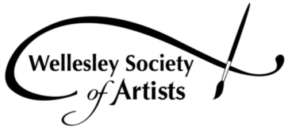
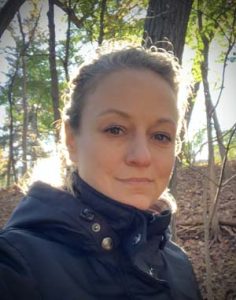
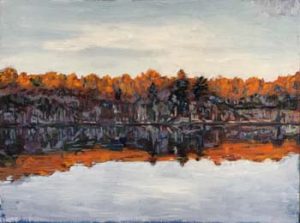
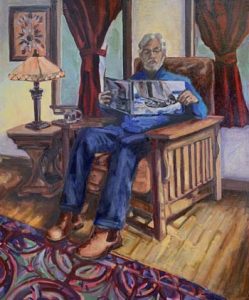
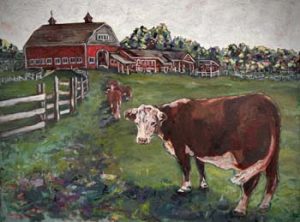
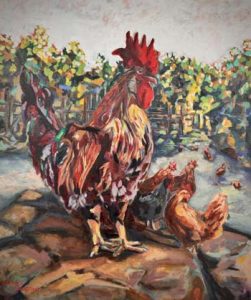
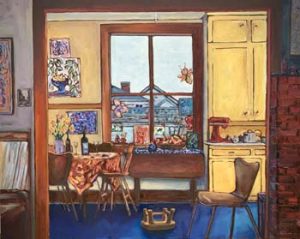
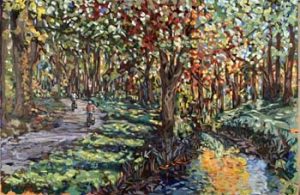
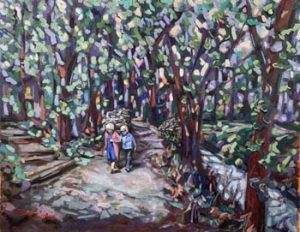

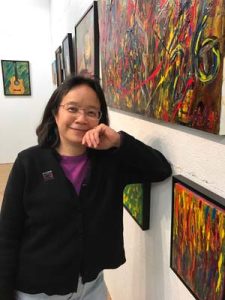 Meet Felicia Tuttle
Meet Felicia Tuttle 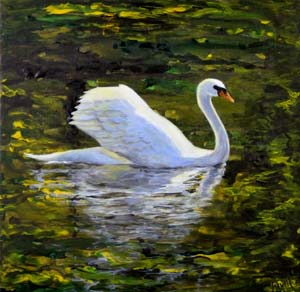 I’m a self-taught artist and have been drawing since I was a little girl. I’ve always had a knack for it. I can remember getting in trouble in Middle School for doodling in Social Studies class. I knew then that I wanted to major in Art but life had other plans for me and so I got a Business Degree. That never stopped me from creating art. I always found a way to do it whether it was sketching in class or anywhere on campus. After graduation, I worked in the Information Technology industry, got married and found my 1st studio at Fountain Street Studios in Framingham, while raising 2 boys.
I’m a self-taught artist and have been drawing since I was a little girl. I’ve always had a knack for it. I can remember getting in trouble in Middle School for doodling in Social Studies class. I knew then that I wanted to major in Art but life had other plans for me and so I got a Business Degree. That never stopped me from creating art. I always found a way to do it whether it was sketching in class or anywhere on campus. After graduation, I worked in the Information Technology industry, got married and found my 1st studio at Fountain Street Studios in Framingham, while raising 2 boys. 